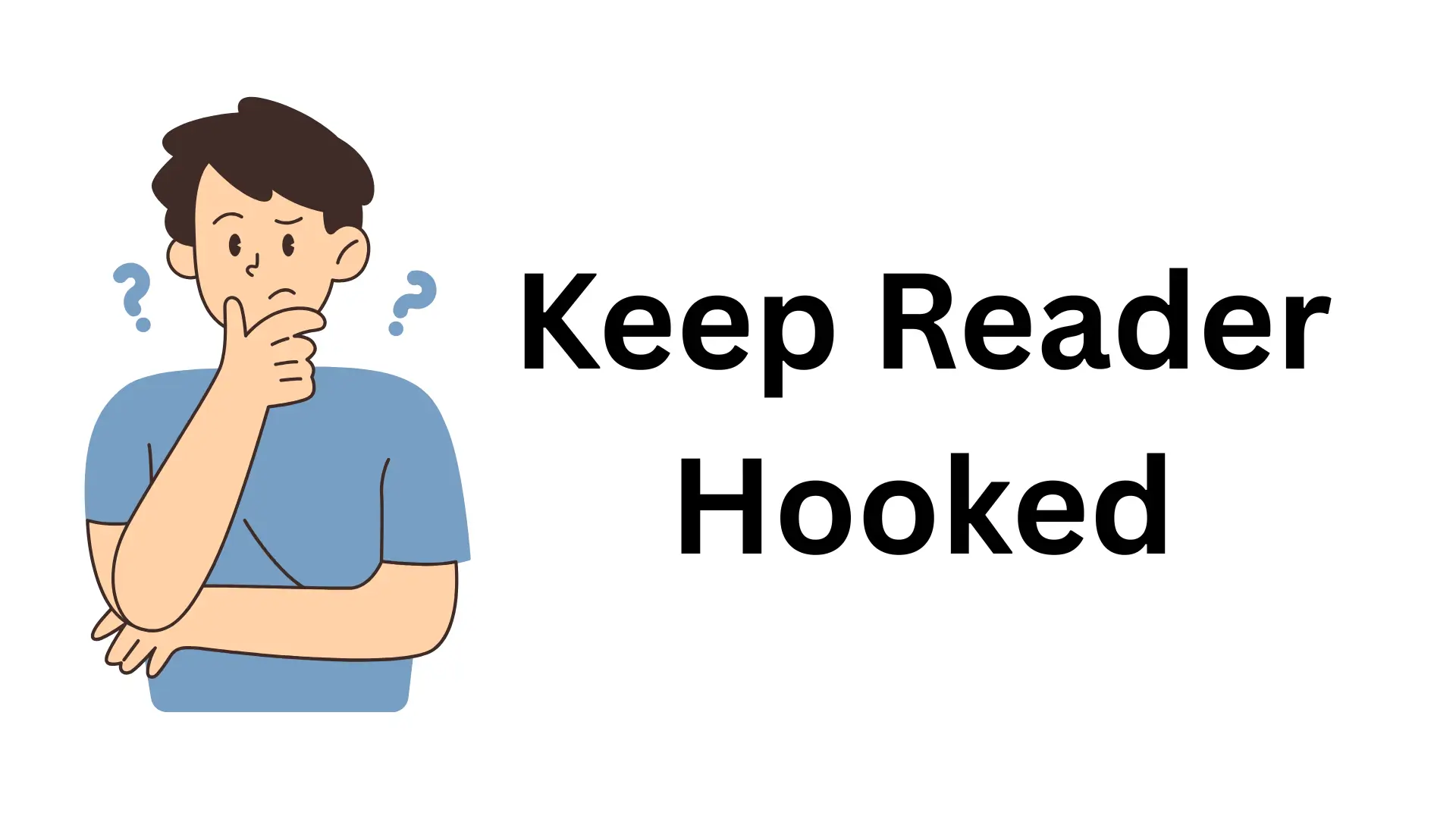
6 Proven Lead Types to Captivate Readers and Skyrocket Engagement
In a world of shrinking attention spans, your opening lines are make-or-break. A strong lead isn’t just about hooking readers—it’s about keeping them glued to your message, whether it’s a sales page, email, or blog post. Drawing from the strategies of Maruf, a copywriter who’s driven over $200M in revenue, this guide reveals six powerhouse lead types that turn skimmers into devoted readers. Learn how to wield storytelling, curiosity, and authority to make your content irresistible. Ready to transform your copywriting game? Let’s dive in!
1. The Authority Lead: Position Yourself as the Expert
Why It Works: People trust credible sources. By aligning with respected figures or showcasing your expertise, you instantly build trust and credibility.
How to Implement:
Name-drop a well-known authority in your niche (e.g., “Harvard researchers found…”).
Highlight credentials or achievements that validate your expertise.
Tie the authority’s insights to your product or message.
Example in Action:
“Elon Musk once said, ‘The future of energy is sustainable.’ That’s why our solar-powered tech is engineered to align with his vision—delivering efficiency without compromise.”
Pro Tip: Use stats, certifications, or media mentions to reinforce authority.
2. The Story Lead: Hook Hearts Before Minds
Why It Works: Stories activate emotions, making your message memorable. They create a personal connection that facts alone can’t achieve.
How to Implement:
Start with a relatable character or scenario (e.g., “Sarah was drowning in debt…”).
Use sensory details (“The smell of freshly brewed coffee…”) to immerse readers.
End with a resolution tied to your offering.
Example in Action:
“Five years ago, I was a broke college dropout. Today, I run a 7-figure agency. Here’s the one strategy that changed everything…”
Pro Tip: Keep stories concise—focus on one pivotal moment to avoid rambling.
3. The Contrarian Lead: Challenge the Status Quo
Why It Works: Contrarian statements spark curiosity and debate. Readers stay hooked to see if you can back up your bold claims.
How to Implement:
Start with a provocative statement (“Most marketing advice is dead wrong.”).
Explain why conventional wisdom fails.
Support your argument with data or case studies.
Example in Action:
“Forget ‘quality over quantity’—here’s why posting daily on LinkedIn tripled my client roster.”
Pro Tip: Balance boldness with logic. Overdoing controversy can alienate readers.
4. The ‘Secret’ Lead: Unleash the Power of Exclusivity
Why It Works: Everyone wants to be “in the know.” Hinting at a secret makes readers feel privileged, keeping them engaged to uncover it.
How to Implement:
Tease a little-known insight (“Most startups ignore this hidden tax loophole…”).
Explain the benefits of knowing the secret.
Position your solution as the key to unlocking it.
Example in Action:
“Wall Street insiders use this overlooked strategy to grow wealth steadily—no gambling required.”
Pro Tip: Use phrases like “hidden,” “untapped,” or “never shared before” to amplify intrigue.
5. The Conspiracy Lead: Tap Into Curiosity and Suspicion
Why It Works: Conspiracies trigger curiosity and a desire to “solve the mystery.” Readers can’t look away until they get answers.
How to Implement:
Pose a provocative question (“What if everything you know about dieting is a lie?”).
Gradually reveal a “hidden truth” tied to your product.
End with a clear call-to-action.
Example in Action:
“Big Pharma doesn’t want you to know this natural remedy eliminates back pain in days. Here’s the proof…”
Pro Tip: Stay ethical—avoid spreading misinformation. Use this lead to highlight overlooked truths, not fabrications.
6. The News-Like Lead: Create Instant Relevance
Why It Works: News hooks tap into our instinct to stay informed. They position your message as timely and urgent.
How to Implement:
Start with a shocking stat or trend (“73% of remote workers report burnout—here’s the fix.”).
Address a pressing pain point or desire.
Link the “news” to your solution.
Example in Action:
“Breaking: New Study Shows 90% of Diets Fail. Here’s How to Beat the Odds.”
Pro Tip: Use time-sensitive language like “just announced” or “latest research” to heighten urgency.
Your lead is the gateway to your message—master it, and you’ll command attention in a noisy digital world. Whether you’re leveraging the emotional pull of a Story Lead, the boldness of a Contrarian Lead, or the intrigue of a Conspiracy Lead, each type serves a unique purpose. Test these formats across your emails, sales pages, and blogs. Track what resonates, refine your approach, and watch your engagement soar.
Ready to Write Leads That Convert? Bookmark this guide and follow Maruf for more copywriting gold.
